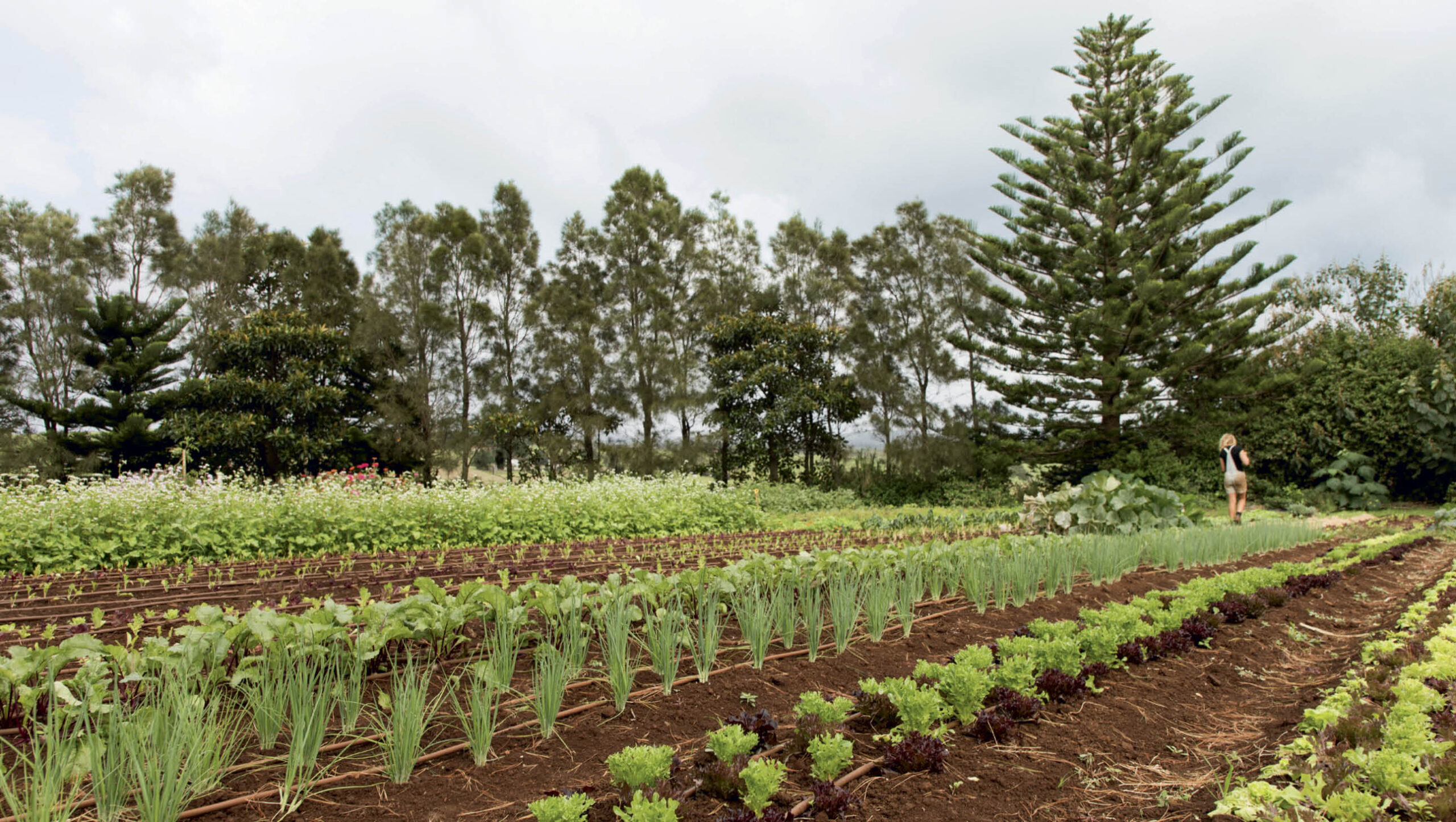Start with the soil
2022-03-07T23:16:13+11:00
Paul Hawken says regenerative agriculture is one of the keys to turning around global warming. Here, he explains its origins, fundamentals and future role.
In 2017, Paul Hawken edited and released Drawdown: The most comprehensive plan ever proposed to reverse global warming, which outlined the top-ranking solutions based on the total amount of greenhouse gases they could potentially avoid or remove from the atmosphere. His book,Regeneration: Ending the climate crisis in one generation is a companion to Drawdown, offering actions and solutions for every level of society aimed at reversing global warming in one generation. Fundamental to this is achieving a transformation in farming.
“True regenerative farming improves plant and human nutrition without trying for a simple reason: it does not fight nature — it aligns with nature,” Hawken writes in Regeneration.
“Regenerative agriculture is at the heart of a regenerated society since it is the source of our food, nutrition, and well-being. A third of our total climate impact comes from our food and agricultural systems, as does a majority of human disease. The first principle of regeneration is to create more life. This is where we must start.”
The following is an extract from Regeneration: Ending the climate crisis in one generation.
Indigenous origins
The term regenerative agriculture was coined 40 years ago by organic farming advocate Robert Rodale, yet its origin is in Indigenous agriculture. Lands have been continuously cropped for many thousands of years in the Americas, Africa and Asia. One of the oldest forms was practised by Mayan farmers using a forest garden system known as milpa. China, Japan, Korea and India are supported by agricultural traditions that date back four thousand years.
Regenerative practices were well in hand in Western Africa, where the use of charcoal and green waste created durable “dark earths” that are three to four times more fertile than the thin, nutrient-poor rainforest soils. African Indigenous farming knowledge was used by slaves on White plantations in the American South. These practices caught the attention of George Washington Carver, who studied them scientifically and shared his knowledge, becoming the progenitor of regenerative agriculture in the United States in the early 1900s.
Today, there is an explosion of learning, experimentation, and collaboration around regenerative theory and practices, in no small part due to the damage done by industrial agriculture and the so-called green revolution, which promoted higher-yielding hybrid seeds (which don’t reproduce themselves) and the increased use of chemical fertilizers and pesticides. Advances in crop diversity, microbiology, soil chemistry, and animal integration mean that regenerative agriculture can deservedly be called an emergent technology.
It is more complex than a smartphone, involves more interactions than the internet, and has more moving parts than any machine or device – biological parts, that is, which is to say they are not parts at all but living elements within a multifaceted system. Though regenerative agriculture is complex and intricate, it is based on clearly defined principles and can be implemented by farmers and ranchers the world over. Importantly, its yields can be commensurate with or greater than conventional agriculture, with higher future returns due to enhanced soil resiliency and productivity.
Basic Principles of Regenerative Agriculture
In Regeneration, Paul Hawken outlines in detail the basic principles and techniques of regenerative agriculture. Here they are, along with his description of the first – ‘recarbonise’.
- Recarbonise the soil.
- Limit disturbance.
- Cover the soil.
- Hydrate the soil.
- Put creatures on the soil.
- Recognise that soil health is plant health
- is human health.
Recarbonise the soil
The top six to seven inches of soil contain what is known as labile carbon, a type of carbon that cycles in and out with the seasons. Occluded carbon lies farther below and does not escape so readily into the atmosphere. Root sugars called exudates, packed with carbon, are released into the soil and devoured by microorganisms. The bacteria, fungi, protozoa, algae, mites, nematodes, worms, ants, grubs, insects, beetles, and voles in the soil eat one another, reproduce, metabolise waste, and solubilise minerals, making nutrients available to the plants above. Soil is a community, not a commodity. The average amount of carbon in depleted farmland and grassland averages 1 per cent. How high can we build up carbon in the soil? We don’t know. David Brandt’s farm in Carroll, Ohio, started out at less than a 0.5 per cent in 1978; today his regenerative farm is running at 8.5 per cent carbon, greater than the 6 per cent levels found in an adjoining woodlot.
Regeneration: Ending the climate crisis in one generation by Paul Hawken (Penguin). Discover more about the Regeneration movement at: regeneration.org/home.






